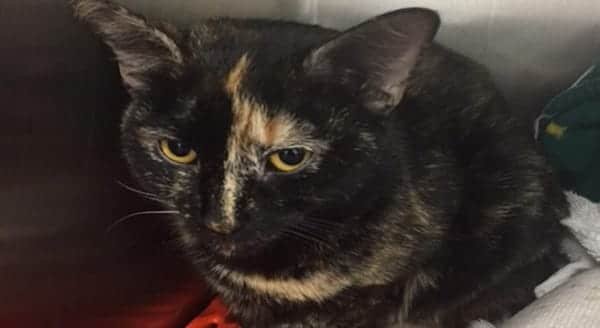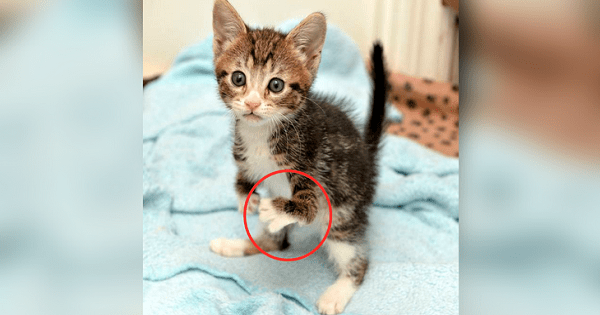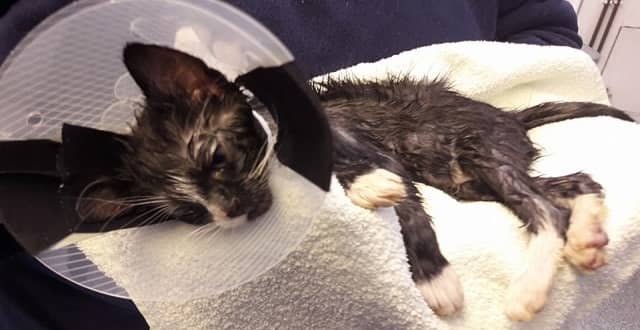As per estimates, nearly 40 percent of animals die in captivity and during transportation to pet shops in India.
Pet shops usually attract the attention of passersby all thanks going to the cute furry creatures and colourful birds on display, however, few notice that these animals are being kept in small cages and that the few-days’ old pups, kittens and rabbits are also drugged — to stop them from crying out for their mothers.
Animal rights activists have been in a fury over the cruelty that takes place in not just pet shops but at breeding sites of pedigree dogs and aquariums which are unseen by buyers of pets.
The Animal Welfare Board of India (AWBI) had proposed the draft Aquarium Fish Breeding Rules, draft Dog Breeding Rules and also the draft Pet Shop Rules in 2010. However, the Central government has been sitting on the draft laws proposed by the AWBI for more than six years now.
The Law Commission of India (LCI) had released a report in 2015 titled, Need to regulate pet shops and dog and aquarium fish breeding, and they recommended that the draft rules “be notified and implemented at the earliest”.
The ongoing cruelty in the pet shop trade and breeding of dogs and fish was made clear in the LCI report which noted that puppies are drugged to prevent them from crying, wings of birds are crudely clipped, fledglings are stolen from nests and sold in markets, fish die due to contaminated waters and kittens are declawed. As per estimates, nearly 40 percent of animals die while in captivity and during transportation to pet shops.
Ms Shreya Paropkari, who is an advocate and animal rights activist, states, “Last year, I rescued a Mudhol female hound along with two puppies from a location nearby Chilkur Balaji temple with the help of the police. The mother was tied far away from its puppies, it looked as if it had lost all hope and its health was deteriorating. The puppies had got distemper because they were not vaccinated and died a few days after the rescue. The breeder had sold three litters in two years. Such is the situation of most of the dogs owned by breeders.”









